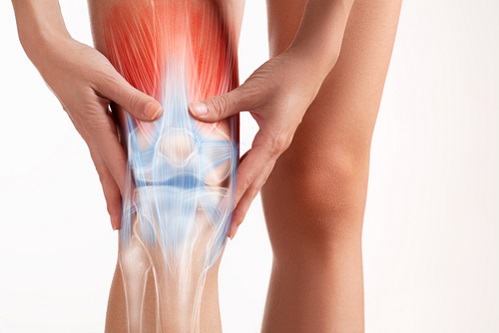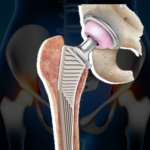
The meniscus is a crescent-shaped piece of cartilage that acts as a cushion between the thighbone and shinbone in the knee joint. A torn meniscus is a common knee injury that occurs when the meniscus is damaged. The injury can occur as a result of a sudden twist or rotational force, or from gradual wear and tear over time. In this blog post, we will discuss the symptoms, diagnosis, treatment, and prevention of a torn meniscus.
Symptoms
The symptoms of a torn meniscus can vary depending on the severity of the injury and the location of the tear. Common symptoms include:
- Pain and swelling in the knee, which may be worse with activity or when the knee is bent
- Stiffness and difficulty moving the knee
- A popping or clicking sensation in the knee
- The feeling of the knee “giving out” or buckling during activity
Diagnosis
If you suspect you have a torn meniscus, your doctor will perform a physical examination and ask about your symptoms. They may also order imaging tests, such as an X-ray, MRI or CT scan, to confirm the diagnosis. These imaging tests will allow the doctor to see the size and location of the tear and any other possible injuries in the knee.
Treatment
Treatment for a torn meniscus depends on the size and location of the tear, as well as your overall health and level of activity. Nonsurgical treatment options include:
- Rest and ice: Applying ice to the affected knee can help reduce pain and swelling.
- Medications: Over-the-counter pain relievers, such as ibuprofen, can help ease pain and inflammation.
- Physical therapy: A physical therapist can design an exercise program to help improve your knee’s range of motion and strengthen the muscles around the joint.
In some cases, surgical treatment may be necessary. Surgery may be recommended if:
- Pain and swelling continue despite nonsurgical treatment
- Your knee locks or becomes unstable
- There is a large tear that is causing significant pain or limiting your ability to move your knee.
The surgical options for a torn meniscus include:
- Arthroscopy: A small camera is inserted into the knee through a small incision. The surgeon can then see the tear and repair or remove it.
- Open surgery: A larger incision is made to access the meniscus and repair or remove the tear.
Recovery time for a meniscus tear surgery varies case by case, it depends on the nature of the tear and the type of surgery performed, however, it usually takes several weeks to several months of rest and physical therapy, to recover fully.
Prevention
It can be difficult to prevent a torn meniscus, but there are steps you can take to reduce your risk of injury. These include:
- Stretching and warming up before physical activity
- Using proper technique when playing sports or lifting weights
- Wearing appropriate shoes for your activity level
- Maintaining a healthy weight to reduce stress on the knee
It is important to note that a meniscus tear can happen to anyone, especially with increased age and wear and tear, however being proactive and taking the steps listed above, can help reduce the risk of injury.
In conclusion, a torn meniscus is a common knee injury that can cause pain and difficulty moving the joint. Treatment options vary depending on the size and location of the tear and your overall health but may include rest and ice, medications, physical therapy, or surgery. By taking steps to reduce your risk of injury, you can.




